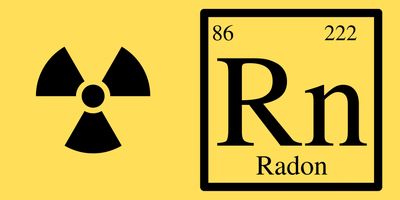RADON BASICS

What is radon?
Radon is a naturally occuring, senseless soil gas. This means you can't see, feel, smell, or taste it. Colorado soil is rich in uranium, which turns into radon gas as it decays. Radon can enter the home through a crawlspace, openings and cracks in the basement slab, through building materials, or through well water.
Radon is a carcinogen, meaning it is cancer causing. It is the leading cause of lung cancer outside of cigarette smoking. For short periods of time, low or moderate exposure to radon is not overly harmful, but the risk is still there. Similar to smoking, there is no safe level of radon.
The Environmental Protection Agency (EPA) has an action level of 4 pCi/L (picoCuries per Liter). Across the US, the average outdoor radon level is 0.4 pCi/L and the average indoor radon level is 1.3 pCi/L
What does a radon system do?
Much like how there are no two snowflakes that are the same, there are no two houses that are the same either! While each home will get a radon system that is custom to it, there are broader categories of systems we can go through. Most homes can either fall into sub-slab depressurization or sub-membrane depressurization. The goal is that the radon mitigation system will pull the radon gas out of the soil before it enters the home. This happens either by using the slab (for homes with a basement) or by installing a membrane (for homes with a crawl space) for the radon mitigation system to attach to. The system will then pull air from under the slab/membrane, which prevents the air from entering the home.
The EPA recommends having a radon level below 4.0 pCi/L on an annualized average. Since we know there is no safe level of radon, our goal as a company is to keep your home below 4.0 pCi/L year round.
This website uses cookies.
We use cookies to analyze website traffic and optimize your website experience. By accepting our use of cookies, your data will be aggregated with all other user data.